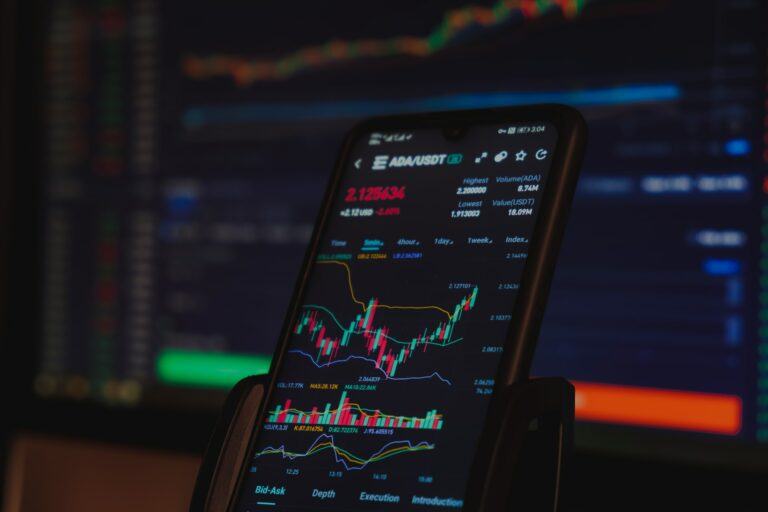The price of Cardano’s ADA token has surged by more than 45% so far this month as it outperformed a number of other digital assets amid growing adoption. A new price prediction now suggests the cryptocurrency could see a rise of over 10,000% over the next two years.
According to a trader using the handle FieryTrading, the cryptocurrency’s price “has practically been going up in a straight line” after bouncing of a support level within a trading channel called a parallel channel, formed through a line between two bull market tops and copying that same line towards the bottom.
A trading channel is a way of visualizing the price movements of a security over time. It consists of two parallel lines that connect the highs and lows of the price, forming a channel. It can show the direction and strength of a trend, as well as the potential areas of support and resistance.
Traders can use trading channels to identify entry and exit points for their trades, as well as to anticipate possible breakouts or reversals. FieryTrading’s channel suggests Cardano’s price could see a 10,000% rise over the next two years to touch $35, up from its current $0.356 level. The trader said:
Since the pattern has now been confirmed, we can take a look at the next bull-market top. Assuming that the bull-market top will be somewhere in 2025 and that ADA will continue to follow this pattern, we can make the assumption that ADA will top somewhere above 35$.
Short-term price predictions for Cardano, however, have suggested that the cryptocurrency could endure moderate growth for the rest of the month of November. Despite the price rise, institutional investors haven’t been betting on Cardano-focused investment products, with these only seeing $6 million of inflows so far this year and $300,000 so far this month, according to CoinShares.
Historical data, however, Cardano’s ADA could rise as much as 43.5% in November as historical data suggests that the cryptocurrency’s price could go up this month based on average returns, although its median return over the month suggests a potential decline of 2.5%.
Featured image via Unsplash.









